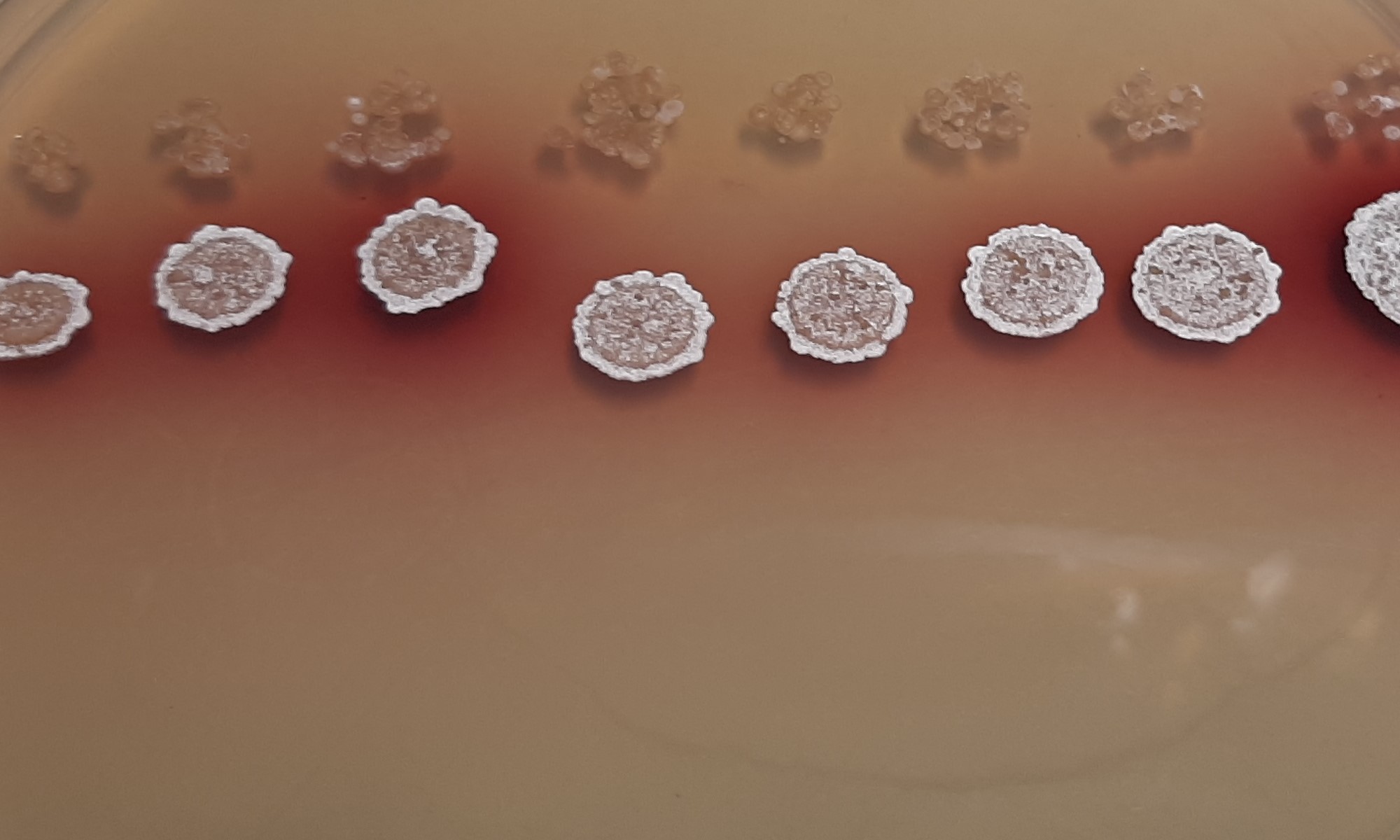Obafluorin, a natural product inhibitor of threonyl-tRNA synthetase: biosynthesis and mechanisms of action and immunity
Barrie Wilkinson,
Molecular Microbiology, John Innes Centre, Norwich, UK
Obafluorin is a Pseudomonas fluorescens antibacterial natural product that inhibits threonyl-tRNA synthetase (ThrRS).1 It acts as a broad-spectrum antibiotic against a range of clinically relevant pathogens and comprises a strained β-lactone ring decorated with catechol and 4-nitro-benzyl moieties. The catechol moiety is widespread in nature and its role in the coordination of ferric iron has been well-characterised in siderophores and Trojan horse antibiotics. Here we use a combination of mutasynthesis, chemical biology and structural biology to delineate the obafluorin mechanism of action and understand how a P. fluorescens immunity determinant avoids inhibition.
We use P. fluorescens biosynthetic mutants to generate obafluorin analogues with modified catechol moieties and demonstrate that an intact catechol is required for both antibacterial activity and inhibition of the ThrRS molecular target. In agreement with recent work,2 we show that the obafluorin catechol coordinates Zn2+ in the ThrRS active site, orientating the beta-lactone moiety for nucleophilic attach by an invariant tyrosine residue and formation of a covalent intermediate that mimics the threonyl-tRNA enzymatic product. Structural data for the immunity enzyme ObaO provides a rationale for its resistance to obafluorin inhibition.
Despite the strong association with zinc in the enzyme active site, obafluorin is a weak Zn2+ binder in vitro, contrasting with a strong, specific 1:1 interaction with Fe3+. We use bioassays with siderophore transporter mutants to probe the role of the obafluorin catechol in Fe3+-mediated uptake. Surprisingly, obafluorin does not behave as a Trojan horse antibiotic but instead exhibits increased antibacterial activity in the presence of Fe3+. We further demonstrate that Fe3+ binding prevents the hydrolytic breakdown of the β-lactone ring, and likely improved passive uptake, revealing a hitherto unreported function for the catechol moiety in natural product bioactivity.
[1] Scott et al. (2019) ACS Chem. Biol. 14:2663-2671.
[2] Qiao et al. (2023) Commun. Biol. 6:107.

Barrie Wilkinson is a chemical biologist working on various aspects of bacterial enzymology, natural products chemistry and molecular genetics. He is a Group Leader in Molecular Microbiology at the John Innes Centre (JIC) working on the discovery of new bacterial natural products and studies of their biosynthesis, and of the role these molecules play in the environment. His group strive to develop new tools and methods to aid natural products discovery and rational bioengineering, and to identify the biological targets and mechanism of action of antibacterial molecules.
Since 2019 he has been the lead of JICs Institute Strategic Programmes Molecules from Nature and Harnessing Biosynthesis for Sustainable Food & Health.
Prior to joining JIC Barrie spent 16 years in the pharmaceutical and biotechnology industry, first at GlaxoWellcome and then at Biotica Technology Ltd, a UK biotechnology company exploiting polyketide natural products derived from Streptomyces and allied actinomycetes as leads for pharmaceutical and agrochemical R&D. At Biotica he was Vice President for Research and Development and responsible for a team that made significant contributions to the development of biosynthetic medicinal chemistry, work which led to candidate drugs for viral hepatitis, multiple sclerosis and systemic lupus erythematosus. In 2013 Barrie co-founded Isomerase Therapeutics Ltd (Cambridge, UK) to develop natural products as potential therapeutics targeted at peptidyl-prolyl cis-trans isomerases. He was trained at the Universities of Leeds (BSc in chemistry & PhD with Richard B. Herbert), Washington (postdoc with Heinz G. Floss) and Cambridge (postdocs with Jim Staunton and Peter F. Leadlay).
